Dados do Trabalho
Título
DOES PREVIOUS TRANSURETHRAL RESECTION OF THE PROSTATE AFFECT THE OUTCOMES IN ROBOTIC ASSISTED RADICAL PROSTATECTOMY?
Introdução e Objetivo
Transurethral resection of the prostate (TURP) is one of the surgical options for treating enlarged prostates with lower urinary symptoms (LUTS). In this group of patients, due to their older age, concomitant prostate cancer is not uncommon. However, the fibrosis and distortion of the prostate anatomy by prior TURP can potentially hinder surgical efficacy at robotic-assisted radical prostatectomy (RARP). In this scenario, the literature still lacks robust evidence of patients with previous TURP undergoing RARP. Our study aims to evaluate functional, and oncologic outcomes of RARP in patients with and without previous TURP.
Método
From 2008 to 2022, 231 men with previous TURP underwent RARP at our institution by a single surgeon (VP). These men were propensity score matched using clinicopathological characteristics to men without previous TURP who underwent RARP at our institution (Control group). Perioperative and postoperative variables were analysed for significant differences in outcomes between groups. Variables analysed included estimated blood loss (EBL), operative time, catheter time, hospitalization time, postoperative complications, positive surgical margins (PSM) rates, cancer status, biochemical recurrence, potency, and continence rates.
Resultados
Median follow-up was 60 months for the TURP group and 52 months for the control group (P=0.4). Patients in the TURP group showed no statistically significant differences in operative safety measures including median EBL (100 vs. 100 mL), operative time (80 vs. 80 min), catheter time (5 vs. 5 days), hospitalization time (1 vs. 1 day), or postoperative complications. We found no significant difference between the TURP and control groups in terms of potency rates (HR=0.80, 95%CI 0.49 – 1.36, P=0.4) and continence rates (HR=0.98, 95%CI 0.82 – 1.15, p=0.7). Furthermore, there were no statistically significant differences in oncological outcomes, including PSM rates (15% vs 18%, P=0.3) and biochemical recurrence (HR=1.11, 95%CI 0.76 – 1.62, P=0.6).
Conclusão
In RARP after TURP there is often noticeable distortion of the surgical anatomy. Even in this older age group of patients, for an experienced team the procedure is safe and provides similar oncologic control and functional outcomes to RARP in patients without previous TURP.
Área
Uro-Oncologia
Instituições
Global Robotics Institute - - United States
Autores
MARCIO COVAS MOSCHOVAS, ABDEL JABER, SHADY SAIKALI, AHMED GAMAL, TRAVIS ROGERS, ALEXANDRE MOTTRIE, VIPUL PATEL
